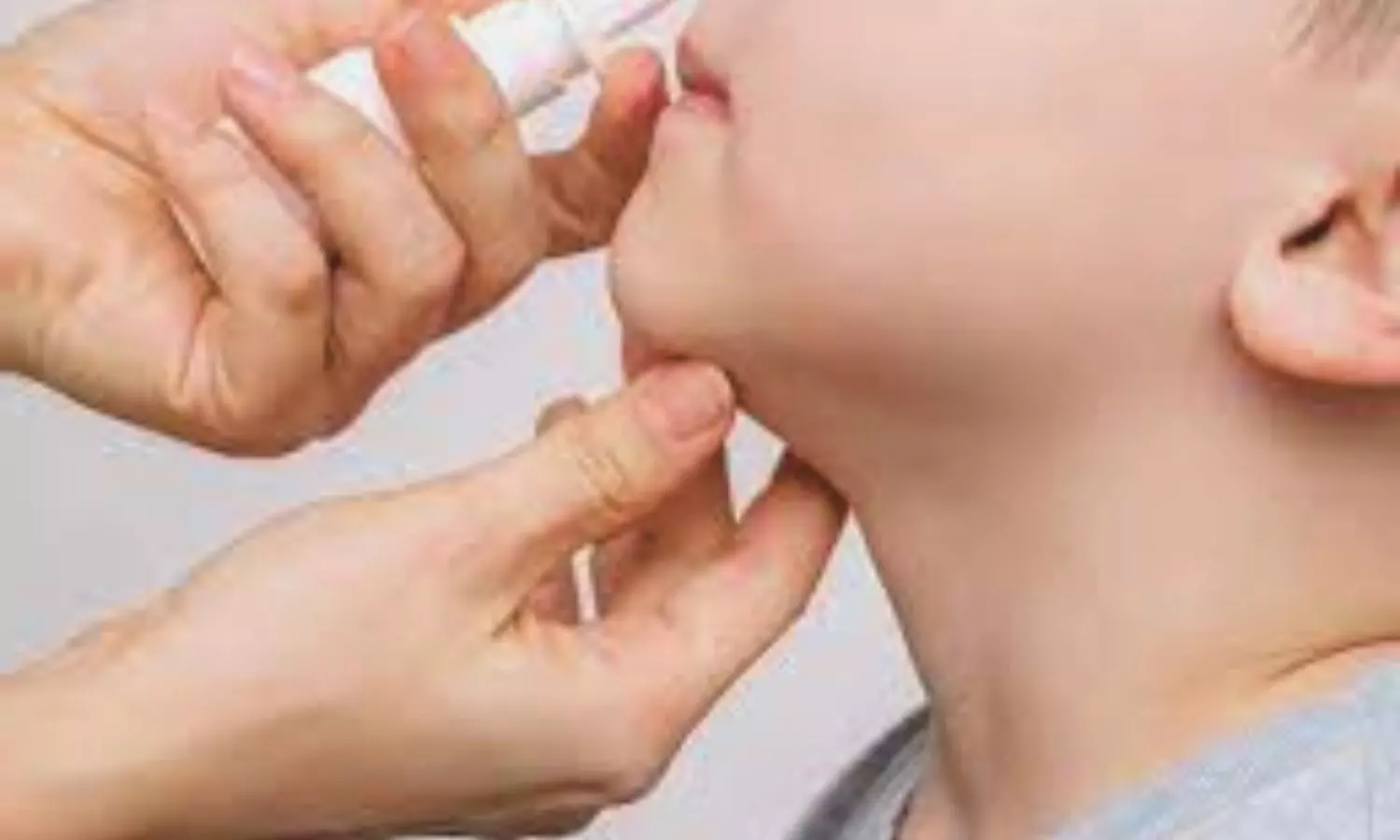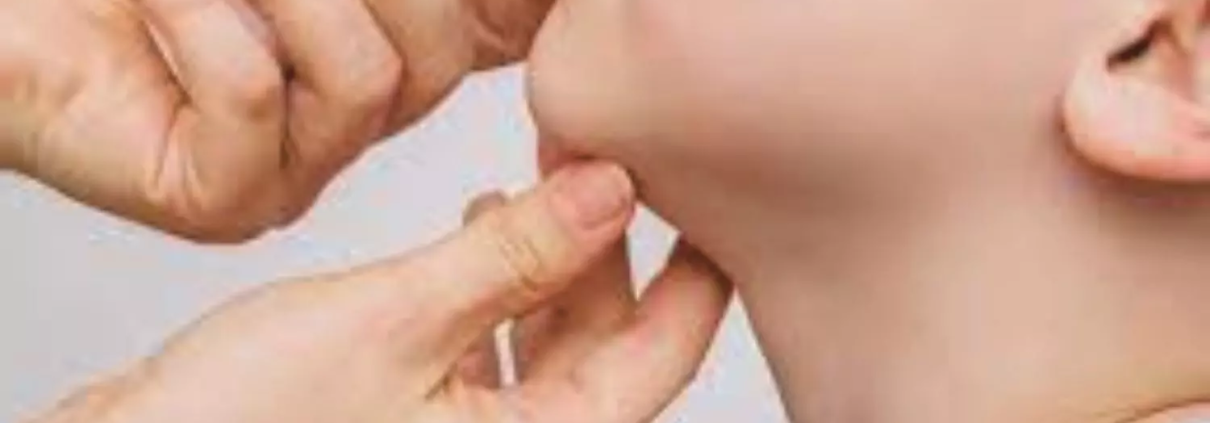Daily Incense Exposure and Recent Antibiotic Use Increase Risk of Sinus Infection in Children, Study Finds

Taiwan: Children exposed to daily incense burning or those who had recently taken antibiotics face a significantly higher risk of developing acute bacterial paranasal sinusitis (ABPS), according to a recent study published in BMC Infectious Diseases. The research, led by Ting-Fang Chiu and colleagues from the Department of Pediatrics at Taipei City Hospital, highlights key environmental and medical factors contributing to this common pediatric infection.
Acute bacterial paranasal sinusitis is a frequent upper respiratory tract infection among children. To identify potential risk factors, researchers conducted a case-control study from January 2020 to December 2021, involving 228 participants aged between 4 and 18 years. Participants were categorized into three groups: children diagnosed with ABPS, those with allergic rhinitis but without ABPS, and a healthy control group.
The analysis revealed the following findings:
- Children diagnosed with acute bacterial paranasal sinusitis (ABPS) were generally younger compared to those who did not have the infection.
- Two major risk factors stood out in the study: daily exposure to residential incense and recent antibiotic use.
- Incense exposure was linked to more than double the risk of developing ABPS, with an adjusted odds ratio (aOR) of 2.45.
- Antibiotic use within the previous three months was associated with an even higher risk, showing an eight-fold increase in the likelihood of ABPS, with an adjusted odds ratio (aOR) of 8.04.
- Interestingly, some commonly assumed factors did not show adverse effects in this analysis.
- Nose blowing, which is often considered risky during sinus infections, was actually found to be harmless and even correlated with a better treatment response.
- On the other hand, nasal irrigation offered no significant advantage in treatment outcomes and did not reduce the likelihood of developing ABPS.
- The authors acknowledged certain limitations. The reliance on self-reported data through questionnaires may introduce recall bias, as participants might not accurately remember past exposures or antibiotic usage. Additionally, the study did not measure the exact duration or concentration of incense exposure, which could influence the strength of the association. Moreover, detailed medical records regarding previous antibiotic prescriptions, including reasons for use, were lacking, which might affect the interpretation of findings.
The study concludes that minimizing daily incense exposure and avoiding unnecessary antibiotic use are critical steps in reducing the risk of ABPS in children. While nose blowing appears safe, nasal irrigation does not offer any proven benefit in either prevention or treatment outcomes. The researchers emphasized the need for further studies to explore how environmental factors and prior medical treatments interact in influencing sinus infections among children.
Reference:
Chiu, TF., Hu, YL., Du, JC. et al. Risk factors of acute bacterial paranasal sinusitis in children: a case control study. BMC Infect Dis 25, 1059 (2025). https://doi.org/10.1186/s12879-025-11299-2
Facebook Comments



